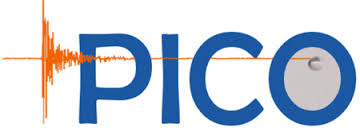.png)


.png) |
 |
 |
| Home | PosterBoard | CIERA-REU | PICO Group | Memories |
We were to establish a stable temperature at which the temperature of xenon could be maintained at the desired superheated level (-100 degrees Celsius), in order to establish an environment in which we could observe WIMP interactions occurring via bubble nucleation. Bubble nucleation occurs when a liquid is heated slightly beyond its boiling point without boiling hence the term superheated. Particle interactions in the superheated liquid provide the energy needed to form a nucleation site, producing vapor bubbles in the superheated liquid. For dark matter detection, the degree of superheat must be strictly regulated at a level where WIMP interactions can nucleate bubbles. This requires precise control of the temperature and pressure of the target fluid. We also began construction of a hydraulic panel for pressure control and built the electrical system governing both temperature and pressure control readout for the detector.
Note: Project is still underway! .png)
|
Jason Parks
Email: jasoneparks84 [at] gmail [dot] com
CIERA-REU Intern
Northwestern University
This material is based upon work supported by the National Science Foundation under Grant No. AST-1359462, a Research Experiences for Undergraduates (REU) grant awarded to CIERA at Northwestern University. Any opinions, findings, and conclusions or recommendations expressed in this material are those of the author(s) and do not necessarily reflect the views of the National Science Foundation.